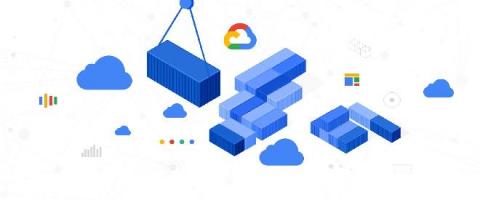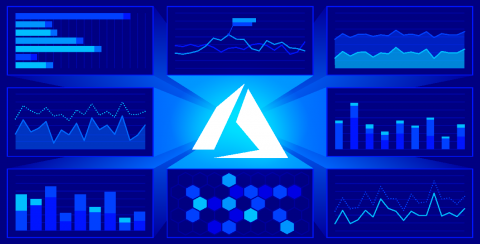A Smooth Operator to Run JFrog Enterprise on OpenShift
Red Hat OpenShift and JFrog Artifactory are a smooth fit together for cloud native, containerized software development at enterprise scale. With the new availability of OpenShift operators certified for JFrog Enterprise, that fit now fastens tight.











